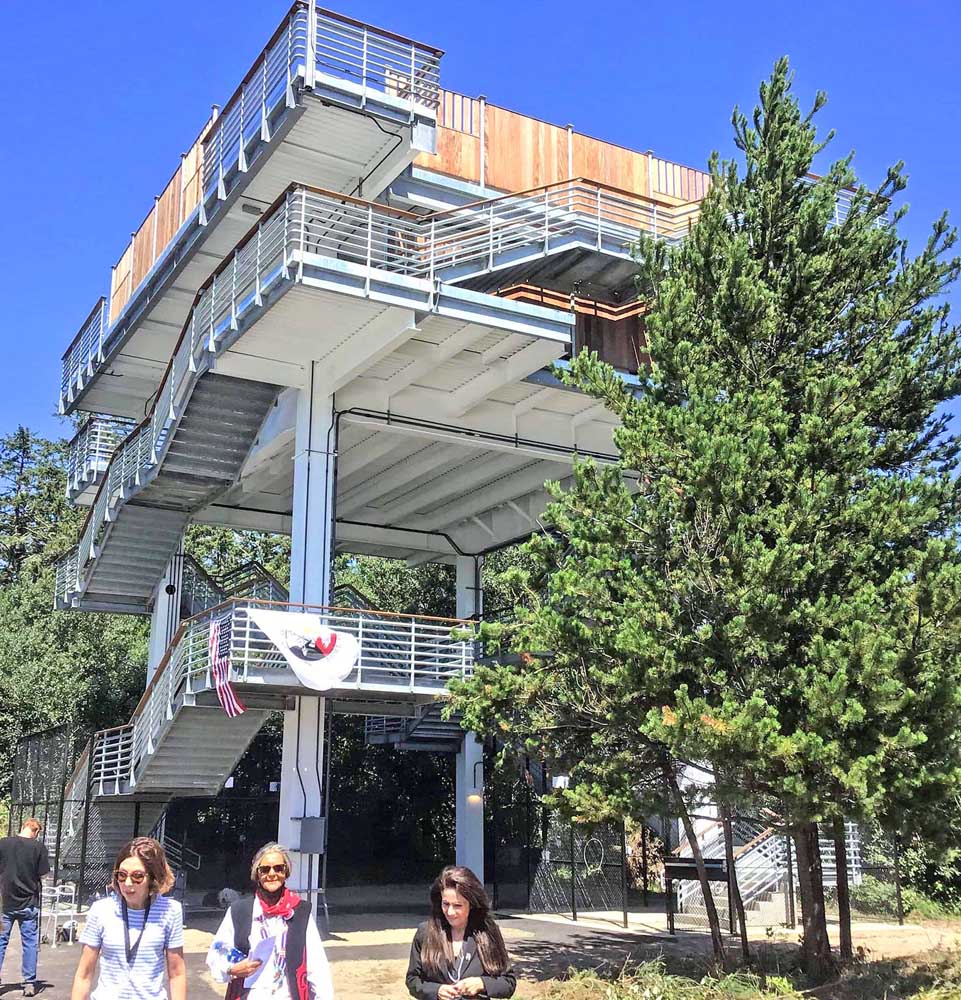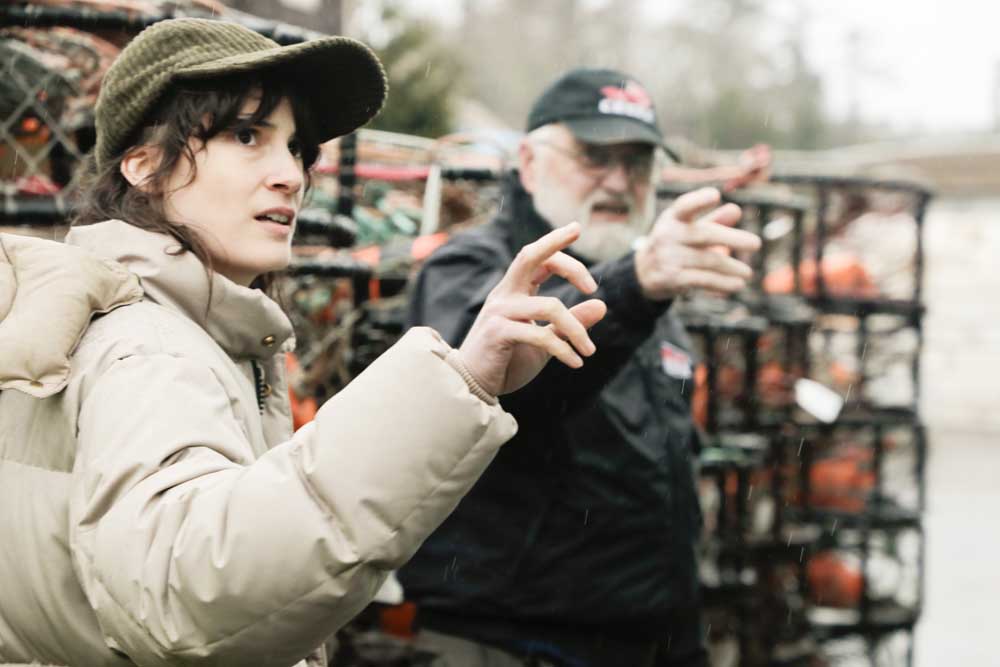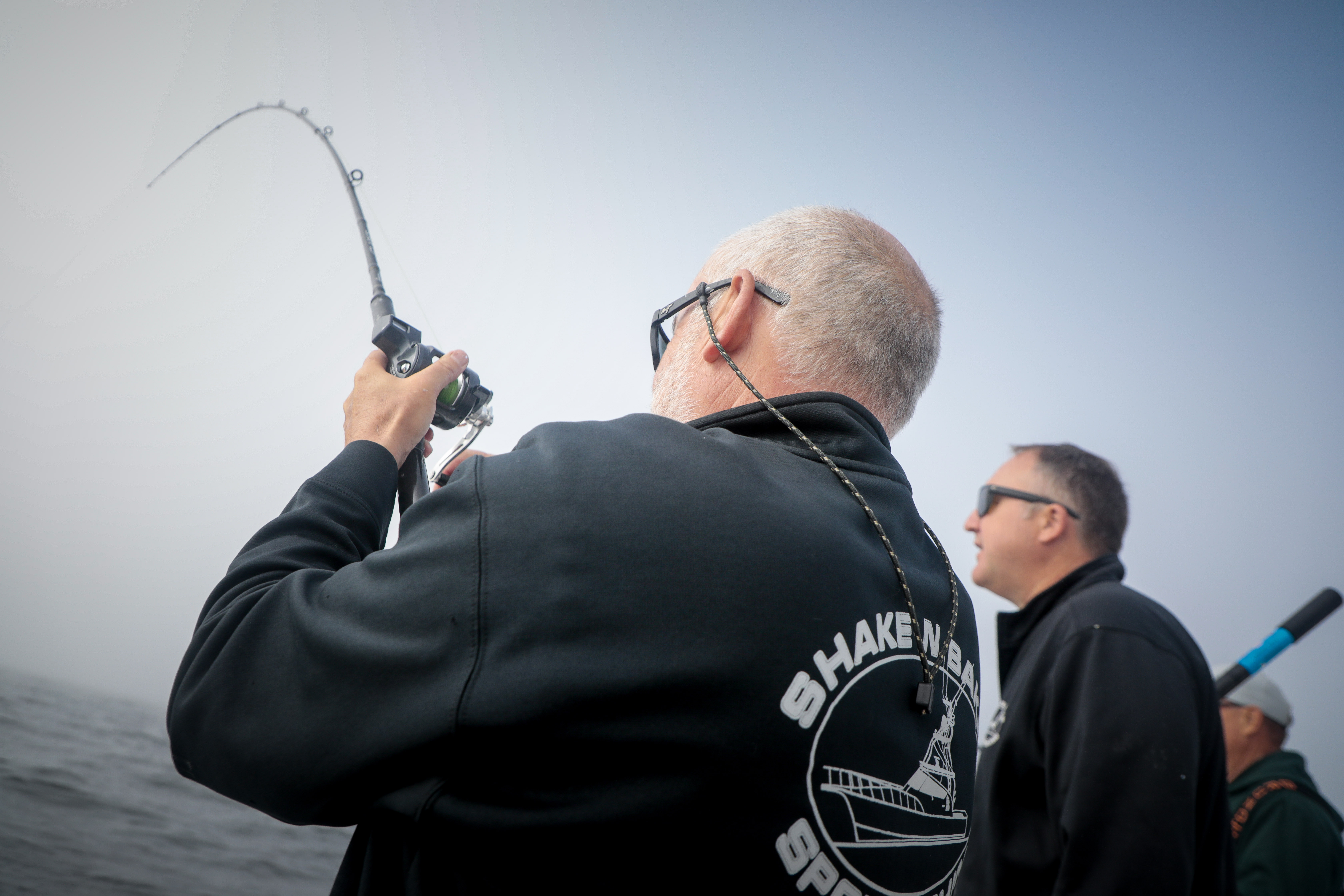Long Beach renews interest in tsunami tower
Published 8:54 pm Monday, November 11, 2024

- Long Beach officials are continuing a quest for a vertical tsunami evacuation tower like this one in Tokeland that the mayor and other administrators recently toured.
LONG BEACH — Some seven years after shelving its last attempt, the City of Long Beach is again showing interest in erecting a tower that could save hundreds of lives in the event of a tsunami triggered by a Cascadia Subduction Zone earthquake — if the price is right, that is.
Trending
City councilors at their Nov. 4 meeting unanimously authorized key city personnel to sign and submit needed documentation as part of an application to the Washington Emergency Management Division (EMD) for funds that, if awarded, would cover the vast majority of the cost for constructing a vertical evacuation structure located behind the Long Beach Elementary building.
EMD is distributing federal dollars that have been awarded through Building Resilient Infrastructure and Communities (BRIC), a grant program from the Federal Emergency Management Agency focused on pre-disaster mitigation projects. The city applied for the first round of BRIC funds, and has since been invited to complete a full application.
The city has flirted with building a vertical evacuation structure at the site behind LBE in the past. In 2017, Long Beach was far along in the design process to build a 32-foot tall cement berm when it received a study that indicated the berm would instead need to be built 62.4 feet above average high tide to keep people safe in the event of a worst-case tsunami — up considerably from 48-foot standard the city had been using to design the shelter.
Trending
Long Beach officials determined that the berm would no longer be feasible, with deputy city administrator and community development director Ariel Smith saying at the time that “it’d basically sink into the ground.”
That project had cost hundreds of thousands of dollars before it was abandoned, with the city committing more than $50,000 of its own funds while FEMA and EMD shouldered the rest. The berm was estimated to cost a total of $4 million to design and construct.
Next steps
While emphasizing that the process is still in its initial stages, city officials have expressed cautious optimism about the renewed effort and potential funding sources available to them.
“[EMD] have a bunch of support they can give us to move forward with this grant, and they feel very optimistic that we can get it,” Long Beach Mayor Sue Svendsen told councilors last week, adding that the tower would be designed to hold at least 800 people but cautioning that it was still in the early planning phase.
The vertical evacuation structure would likely be a free-standing tower, in the same vein as the first-in-the-nation structure that the Shoalwater Bay Indian Tribe built in Tokeland two years ago. That tower stands 50 feet tall, 40 feet wide and is designed to hold at least 400 people.
Smith told the Observer that the city has not yet received a formal notice of funding opportunity for the BRIC application and is unsure when the deadline will be. She added that they plan to apply for this current round of funding, “but if for some reason it doesn’t make sense or it doesn’t work out, we’ll just save all the information for the following round.”
The BRIC dollars, if secured, would cover all phases of the project, including construction of the tower. Smith noted that the city would likely not begin to tap into those funds until about two years after they have been awarded.
The tower is expected to be much more expensive than the berm’s projected cost seven years ago, but Long Beach would be on the hook for just a fraction of the overall amount due to it qualifying as an Economically Disadvantaged Rural Community. FEMA typically provides 75% of the total cost with the state chipping in half of the remaining 25%, leaving the city to cover the other 12.5%. But the disadvantaged designation means FEMA would cover 90% of the overall amount, with the state and city covering just 5% each.
“That was one of the things we wanted to make sure we qualified for before we moved on to the full application, and we did,” said Smith.
And while hopes for the berm flamed out long ago, not all from that effort has gone to waste. Smith said the city will be able to use reports and findings completed during that process — such as the geotechnical report and wetland delineation — for this current application. “A lot of that groundwork’s been done.”









